Ancient Encounters
SOS Wildlife Conservation Centre Agra
Mother Masala Tours
Wild Hearts, Bear Futures
SOS Wildlife Conservation Centre Agra. A vital sanctuary for the preservation of India’s unique wildlife. The name “SOS Wildlife” signifies the urgency to preserve and rehabilitate endangered animals. Positioned on the outskirts of the historic city of Agra, this wildlife conservation initiative plays a key role in the survival and well-being of mistreated and injured animals, particularly elephants. The center was established in 1995 under the larger banner of Wildlife SOS, inspired by individuals keen to combat illegal wildlife trade and improve animal welfare. One of the center’s key conservation stories involves rehabilitating working elephants rescued from roadsides and temples.
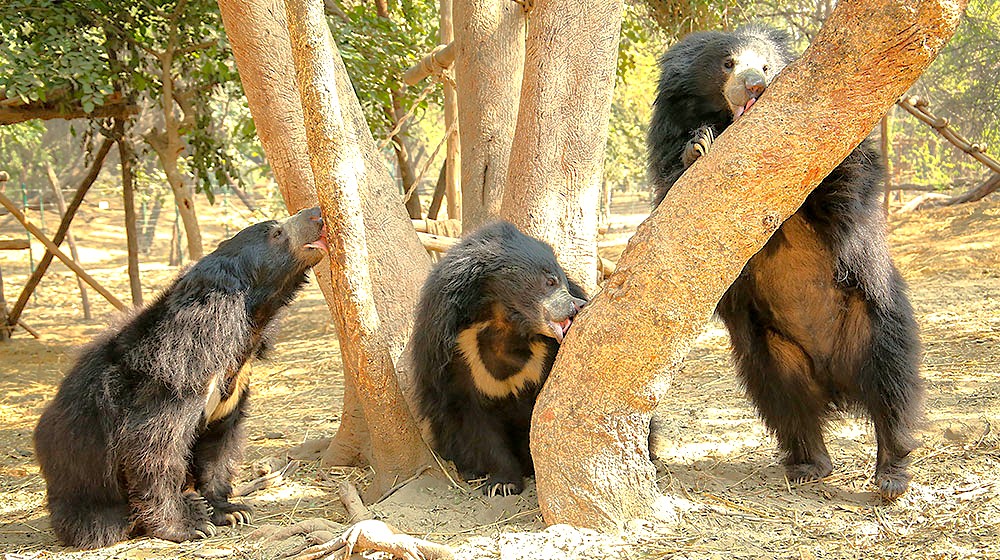
SOS Wildlife Conservation Centre Agra: Sacred Spaces
Although SOS Agra is not a place of ancient artifacts, it holds treasures in the form of rescued animals and their stories. Each animal carries an imprint of its life before rehabilitation, and these stories act as emotional artifacts meant to raise awareness about the consequences of exploitation. For example, rescue camps designed for elephants emphasize creating a sacred, peaceful space where these animals regain their dignity and health. Additionally, the natural habitats within the sanctuary hold their own beauty. Tree-laden walking paths and tranquil water bodies mirror the simplicity of untouched forests, while areas for elephants are dotted with scratching posts and mud baths, adding an authentic wilderness touch.
Ancient Mosaics: Impeccable Craftsmanship
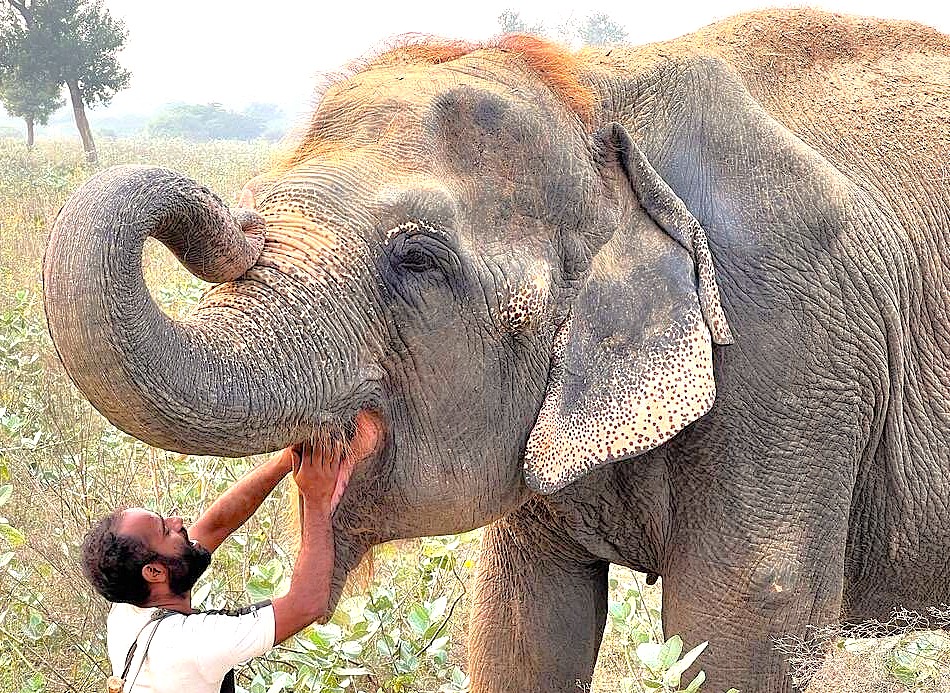
At SOS, the artistic and environmental craftsmanship lies in how enclosures are thoughtfully designed. For the elephants, the enclosures are crafted to prioritize their physical and psychological well-being. Mud pools and water tanks reflect natural settings that promote relaxation and cooling during warmer months. The wide pathways to ensure that the animals have sufficient room for physical movement, a crucial element for their health. Caretakers also display their skills by crafting enrichment tools - suspended fruits tied to ropes, encouraging the elephants to remain active and forage as they would in the wild.
Wildlife Encounters: Animals, Reptiles, and Birds Along the Trail
SOS Wildlife Conservation Centre Agra. As we stroll through the tranquil paths of SOS, we’re likely to encounter majestic elephants, each with its own story of rescue and recovery. Leopards gracefully move within their enclosures, while jackals and sloth bears catch our attention in the shaded surroundings. The walking tour introduces reptiles like Indian pythons and monitor lizards, observed in secure habitats mimicking natural conditions. Above, eagles, peacocks, and parakeets add vibrant energy with their striking presence. These animals, reptiles, and birds highlight the biodiversity being preserved and showcase the center’s dedication to protecting India’s wildlife within its peaceful haven.
The Pulse of the Local Community
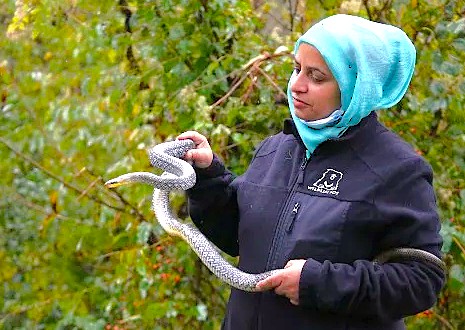
The efforts weave together conservation and community participation. Local caretakers, many of whom live near the sanctuary, form a dedicated workforce that ensures the animals are safe and comfortable. The center also provides employment opportunities in areas such as maintenance, veterinary care, and education, benefiting the surrounding community. We sense the bond between the caretakers and the animals during feeding sessions or nature walks. This integration of animals, caretakers, and the environment creates a balanced ecosystem that reflects the harmony of rural and urban development coexisting with wildlife.
A Culinary Journey: Savor the Flavour
There is no restaurant at SOS. We often stop at local dhabas and cafes near the site, savoring authentic North Indian flavors. Traditional meals such as dal makhani, aloo paratha, and fresh sugarcane juice provide a simple yet satisfying gastronomic experience after witnessing the center’s conservation efforts. Trail snacks, including roasted nuts and freshly cut fruits, are readily available and fuel the immersive journey through wildlife preservation.
Capturing the Magic: A Photographic Haven
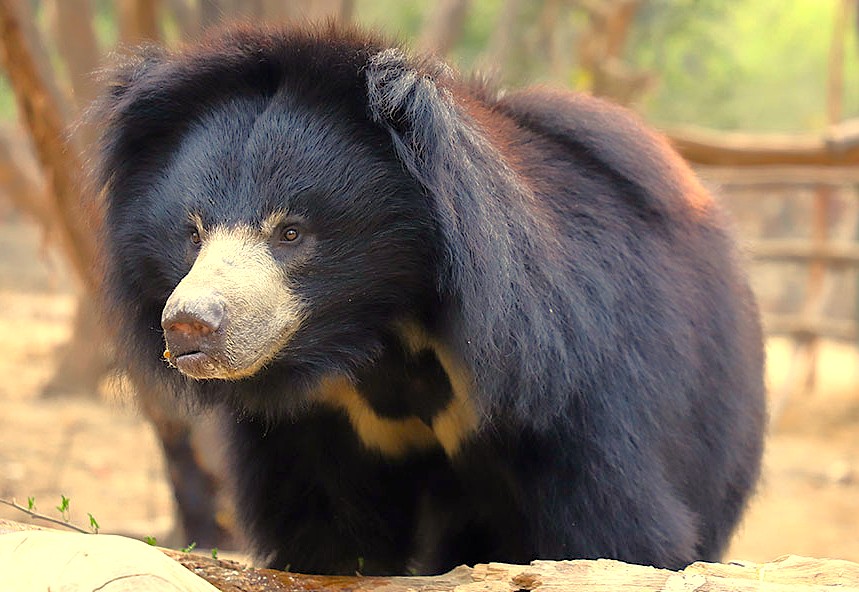
SOS Wildlife Conservation Centre Agra. We visit the SOS Wildlife Conservation Centre Agra. Here, we see elephants playing freely in a mud pool for us. Leopards leap with grace inside their spacious enclosures as we watch. These views make the centre a great dream for photography enthusiasts. The sanctuary provides peaceful natural light for all photographers. Its green surroundings offer excellent chances to take striking pictures. We can capture the important essence of wildlife conservation efforts, highlighting the significant work for endangered species.
Festivals of Devotion: Honoring the Sacred and the Divine
Animals hold a special place in Indian festivals reflects these sentiments in its care programs around events like World Wildlife Day (March 3) and Elephant Appreciation Day (September 22). These occasions at the sanctuary highlight awareness campaigns and special care rituals for elephants, leopards, and other rehabilitated animals. Visitors can witness caretakers feeding elephants or preparing herbal baths, symbolizing devotion and respect for the animals who share our ecosystems.
The Connection with the Gods

The reverence for elephants in Indian culture, tied to the deity Ganesha, resonates deeply at SOS Wildlife. These gentle giants embody the divine qualities of wisdom, strength, and patience, and taking care of them feels like honoring these virtues. Many caretakers see their day-to-day devotion to the animals as spiritual in itself, reflecting the timeless connection between humans and sacred symbols of nature. The conservation center reminds us of the divine message rooted in Indian mythology: the need for balance and respect between humanity and wildlife.
Serendipitous Meetings: Beyond the Main Path
Walking along the trails can lead to heartwarming surprises. You might catch an elephant leaning against a tree, scratching an itch, or spot staff preparing herbal snacks for their gentle giants. Beyond the main enclosures, staff conduct small care demonstrations, helping us understand how every detail, from grooming to dietary routines, is carefully managed. There’s also a strong chance of connecting with local residents passionate about animal welfare, sharing cultural stories about their region’s history with wildlife. Every experience offers us an opportunity to feel closer to this intricate cycle of care.
Resilience and Renewal: Overcoming Adversity’s Challenges
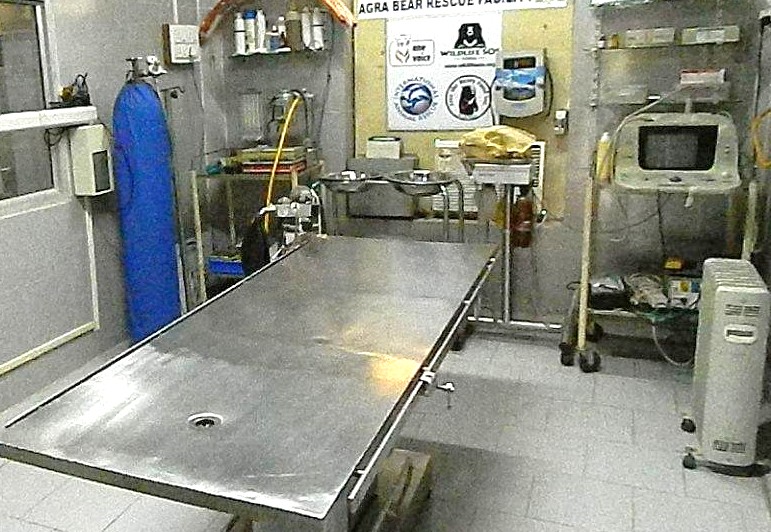
Founded to combat illegal wildlife exploitation, SOS has faced enormous challenges over its history. Rescuing elephants from abusive conditions involves years of legal processes and significant danger to both the rescuers and the animals. Cases of rescuing temple elephants, where the animals endured confined spaces and labor, have required persistent efforts over years. Similarly, the rehoming and rehabilitation of distressed leopards saved from urban fringes highlight stories of resilience. Despite obstacles, the sanctuary continues ito give these animals a second chance.
Urban Legends: Strange Sightings, Myths, and Mysteries
Rumors tell of an elephant that, upon being rescued, seemed to almost “cry” with gratitude as it first entered the sanctuary gates - a tale lovingly cherished by the caretakers. Additionally, some locals claim that the peaceful energy of the sanctuary is heightened at sunrise, as the silhouettes of elephants against the morning haze feel almost mythical, embodying nature’s vast power and compassion.
Get Ready to Experience It All - Your Path Begins Here
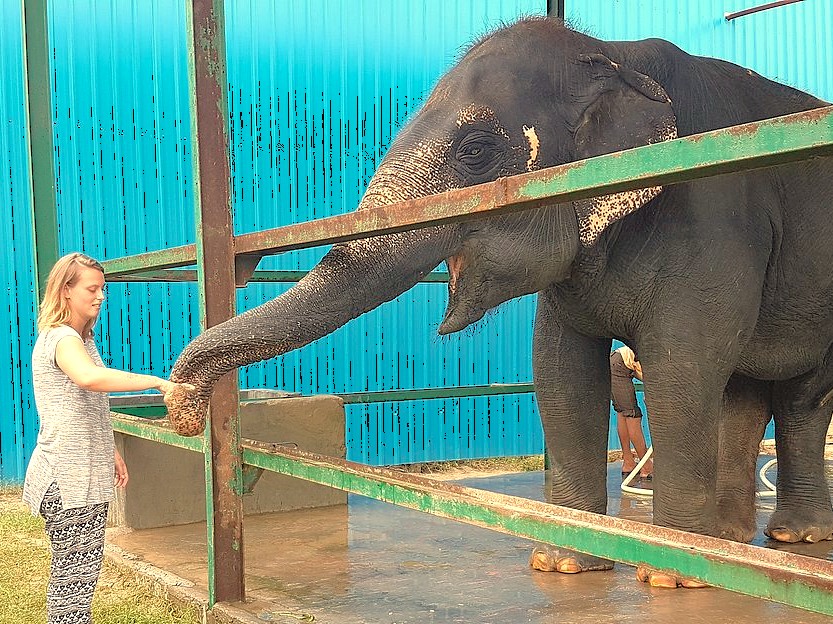
We watch an elephant gently enjoy its first mud bath here after years of neglect. A leopard leaps with grace across an enclosure specifically designed for its safety and well-being. These powerful moments reshape our understanding of wildlife and its enduring spirit. We observe the immense value of these animals and the ongoing efforts restoring their precious lives. The center shows us the dedicated, practical steps taken daily to help these incredible creatures survive. We witness the profound commitment of those working diligently to provide each animal a much better future. A beautiful afternoon weall enjoy.
Symphony of Generosity: Offerings from Wanderers to Residents
SOS Wildlife stands as a bridge between wanderers like us and the local caretakers who dedicate their lives to conservation. Every interaction leaves a lasting impact: visitors gain perspective on responsible living while caretakers share knowledge about their work. Mutual exchanges deepen respect for preserving India’s natural treasures, creating harmony between humanity and nature. This place is not merely a sanctuary - it is a tribute to the bond between animals and humankind. Through its tranquil landscapes and dedicated care, the center inspires us to embrace the responsibility of protecting the world’s precious wildlife.